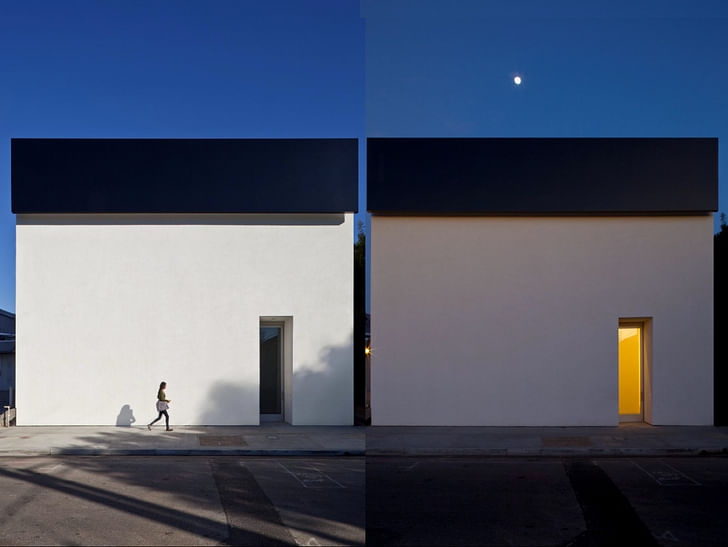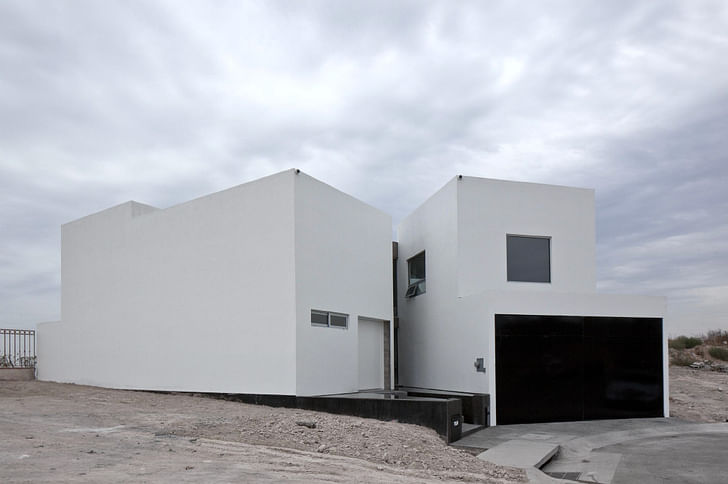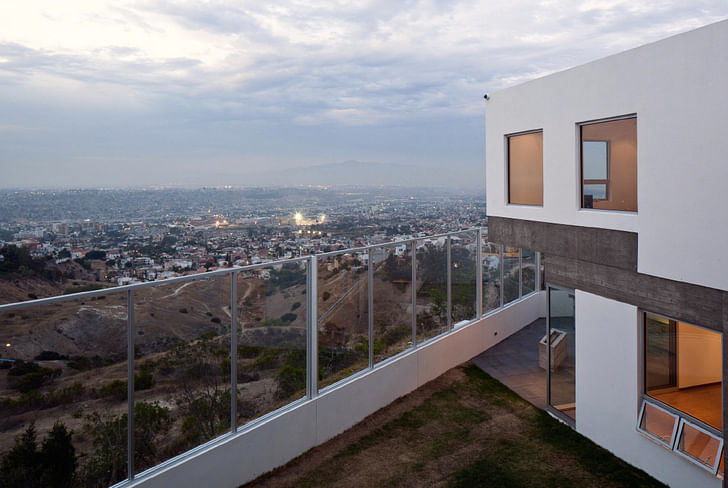

Chances are, when you first considered pursuing architecture, you imagined forging your own path. But, of course, the realities of practicing architecture in the 21st century make that easier said than done. Starting your own small practice is no small feat. We’re interviewing a variety of different, small-scale practices about the difficulties they’ve encountered and the rewards they’ve reaped. For this installment, we talk with Peter Zellner of ZELLNERandCompany, an award-winning design firm based out of Los Angeles.
Peter Zellner has had many names for his practice: ZELLNERPLUS, Zellner Naecker Architects, and now ZELLNERandCompany. Each one has heavily involved collaboration, including with individuals outside of the profession, such as the artist Ellsworth Kelly. Between ZELLNERPLUS and Zellner Naecker Architects, Zellner worked for the mega-firm AECOM. According to him, ZELLNERandCompany will hopefully be the final form of his practice, "one which will develop as an independent studio that punches above its weight while remaining open to other forms of collaboration."
How many people are in your practice?
Over the last 12 years it has varied between 1 and 10 people. When I was at AECOM it was closer to 100,000 but maybe that wasn't my practice, wink. That said, it was very interesting to work in such a large organization and it did impact my thinking about small practices.
Why were you originally motivated to start your own practice?
Fear of failure in a larger, weighted practice culture, impatience or both. I am also very suspicious of layered structures and I have tried as much as possible in both my practice and teaching to flatten hierarchies, with some pretty good and some pretty bad results.


Is scaling up a goal or would you like to maintain the size of your practice?
No, I would like to keep the studio as small as possible while doing work that is as big as possible.
I realize that sounds irrational but I have a hunch that architecture is now trending towards a place Hollywood ended up in the mid 1990s: that is, a very clear divide between large multinational, multi-genre (discipline) corporate entities and small, highly creative and nimble independent studios.
Historically the big Hollywood studios always had trouble delivering very original content in film and TV and indy directors weren't tapped for blockbusters. However, new multi-platform ways of receiving film and TV content have utterly changed the landscape. Small studios make very popular shows and big studios experiment with addressing micro-audiences. Often big and small teams work together successfully, both in terms of how they share production and creative tasks.The era of the local and successful 50 person firm is over.
I think we are seeing the same trends in AEC now with most firms either in the hundreds (or thousands) or operating with under 10 people. The era of the local and successful 50 person firm is over. What comes next will be very interesting but also very challenging.
But I think the re-adjustment will be good for architecture. Clients will seek the level of expertise or the voice they need. Architects will have to respond in kind. This will inevitably create niches and even niches within niches but I also think there will be opportunities for very big and very small firms to partner successfully and smartly. That said, I think software and some workflow automation may eventually level the field in favor of the smaller more horizontal practices. There is a lot of bloat in larger offices and much of that is not directed to client or project work, just internal processes. This drives up costs. In smaller offices there is a lot of time wasted just learning basic procedures. Perhaps where a new cadre of creatively and technically superior small firms will thrive is in the gap that exists between high quality work and high quality management.


What hurdles have you come across?
One big hurdle is being under-capitalized. Another is that it is very hard for small firms to convince bigger clients that they either have the capacity or the technical experience to execute large projects. The beauty of staying small is owning your own voice but unless you feel that continuously re-visiting the same small projects (with inevitably limited budgets and tight schedules) makes for a great creative outing it's hard not to want to do more with less, not more of less.
What are the benefits of having your own practice? And keeping small?
Well, having worked on both sides of the street, very large and very small, I think there are challenges and advantages to both forms of practice but, at least for myself, the value of staying small is clear. The rewards are more tangible, the relationship one has to creativity is more immediate.

Do you run a practice with six or less people? Get in touch!
Writer and fake architect, among other feints. Principal at Adjustments Agency. Co-founder of Encyclopedia Inc. Get in touch: nicholas@archinect.com
No Comments
Block this user
Are you sure you want to block this user and hide all related comments throughout the site?
Archinect
This is your first comment on Archinect. Your comment will be visible once approved.